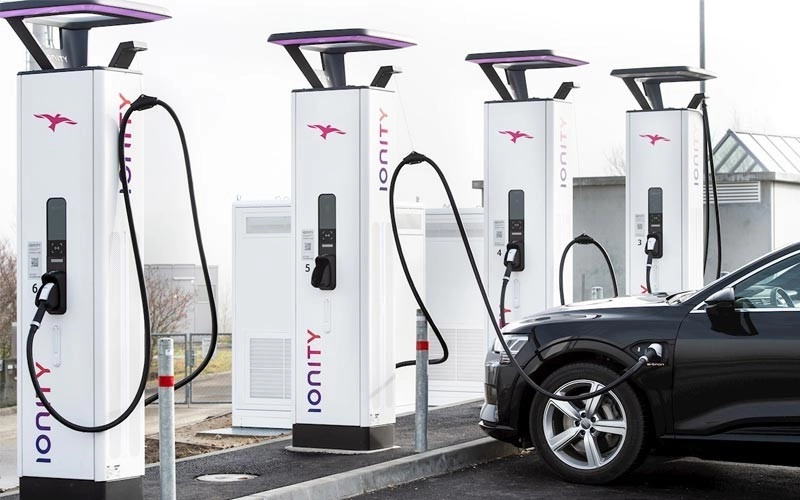Italy has set the goal of having 110,000 public electric vehicle charging points by 2030.
As of August 2023, the country has 45,210 of these, which means it will need to double the current number.
According to data from the Ministry of Infrastructure and Transport, nearly 75% of charging points in Italy are fast accelerated charging, 10.7% are slow, 8.3% are ultra-fast, and 6.2% are fast.
They are distributed across 677 locations, primarily in urban areas and shopping centers.
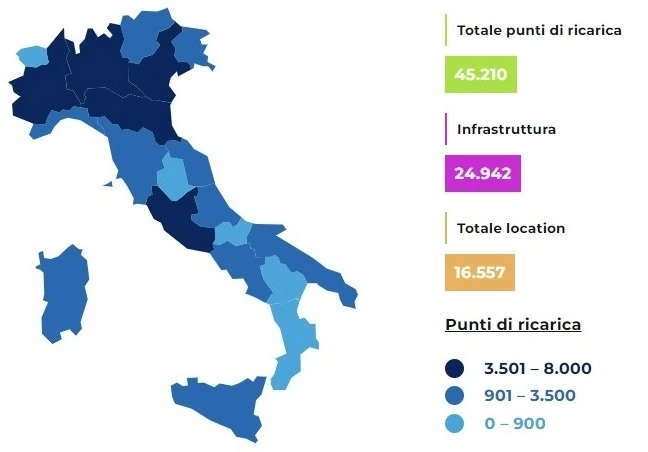
However, domestic charging predominates in Italy, with 400,000 installations and a 700% growth in two years.
EV owners prefer to charge them at home, as it is the most convenient and cost-effective option.
The installation of residential stations is benefiting from the Superbonus for building rehabilitation.
Through it, it is possible to finance the installation of residential charging stations.
The overall funding amounts to 90% of expenses through tax reductions over 10 years.
The benefit applies to single-family buildings, amounting to 2,000 euros; 1,500 euros for multi-family buildings and condominiums with up to a maximum of eight columns; and 1,200 euros for multi-family buildings and condominiums installing more than eight columns.
Furthermore, incentives are also applied to the installation of charging stations in small and medium-sized enterprises.
This entails a contribution of up to 30,000 euros for the installation of the device and up to 100,000 euros for the accumulator.
A total of 1 billion euros is allocated for these purposes.
This incentive expires on October 12th of this year.
Up to 1.5 million euros are also disbursed for photovoltaic systems dedicated to agricultural and agri-food companies.
How is the EV fleet growing in Italy?
As of August 2023, the electric vehicle fleet in Italy consists of 205,380 units.
Fully EV registrations in the first eight months of the year reached 40,832 units, marking a 33.21% increase compared to the same period in 2022.
In August, registrations of pure electric cars amounted to 4,054 units, compared to 2,280 in the same month of 2022, representing an increase of 1,774 units (+77.81%).
The market share slightly increased, reaching 5.07%, compared to 3.18% recorded in August 2022.
For the January-August period, electric car registrations totaled 40,832, with a market share of 3.91%, compared to 30,652 in 2022 with a market share of 3.53%.
The top 5 best-selling zero-emission cars in Italy remain unchanged from the previous month.
Here is the ranking of the most popular choices:

In first place, we have the Tesla Model Y.
In the last month, the Tesla Model Y also secured the top spot with 6,158 units.
This EV comes equipped with a “long-range” battery that has a lifespan of eight years or 120,000 miles.
The warranty extends up to four years of use or 50,000 miles.
The vehicle can achieve a maximum speed of 155 mph, and its acceleration ranges from 0 mph to 60 mph in 3.5 seconds.
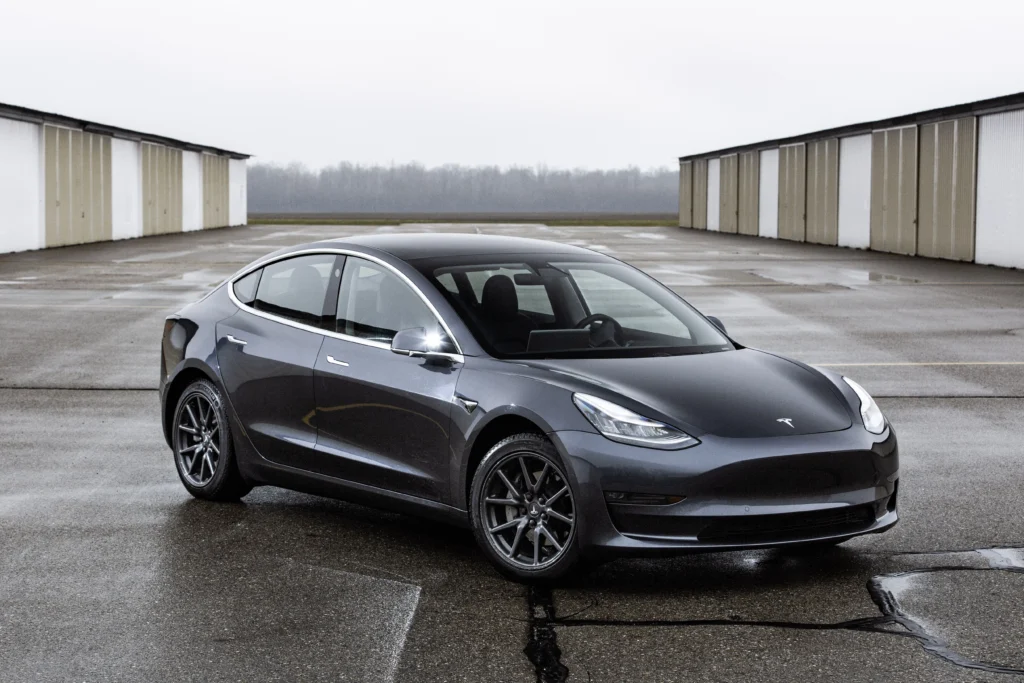
Following that is the Tesla Model 3 with 4,501 units sold.
This car boasts a range of up to 533 kilometers according to the WLTP cycle.
The Long Range version accelerates from 0 to 100 km/h in five seconds and achieves a top speed of 217 km/h.
Meanwhile, the Performance version accelerates from 0 to 100 km/h in 3.7 seconds and reaches a top speed of 241 km/h.
This vehicle can comfortably transport up to five passengers, and in terms of cargo capacity, it offers the equivalent of 642 liters of space.
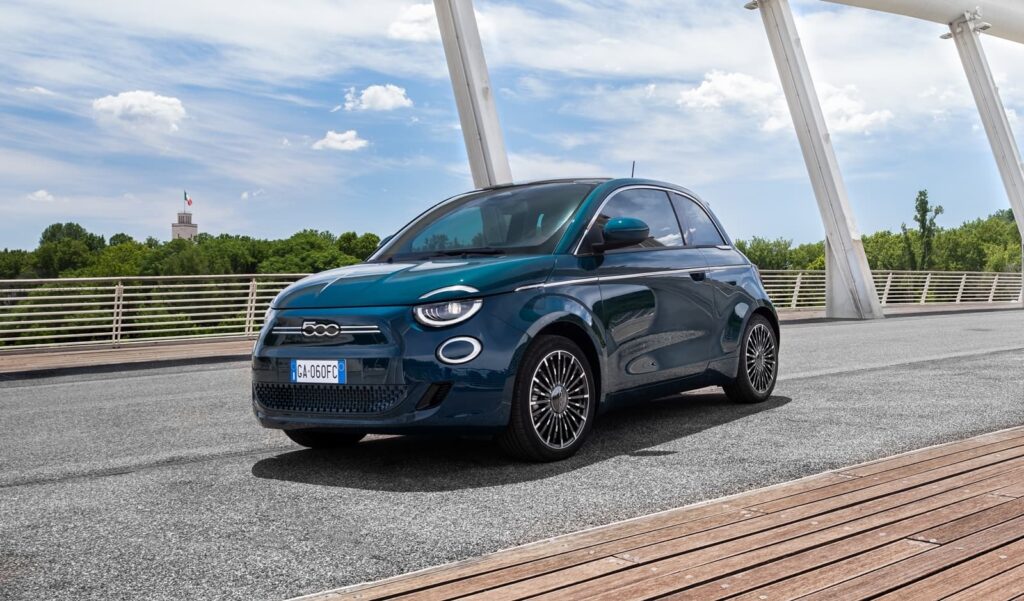
Next in line is the Fiat 500e with 3,214 registered units.
This city car offers a range of up to 320 kilometers according to the WLTP cycle.
Equipped with a 95 HP electric motor and a torque of 220 Nm, it can accelerate from 0 to 100 km/h in 9.5 seconds and achieve a top speed of 150 km/h.
Additionally, it can accommodate up to four passengers and has a trunk with a capacity of 185 liters.
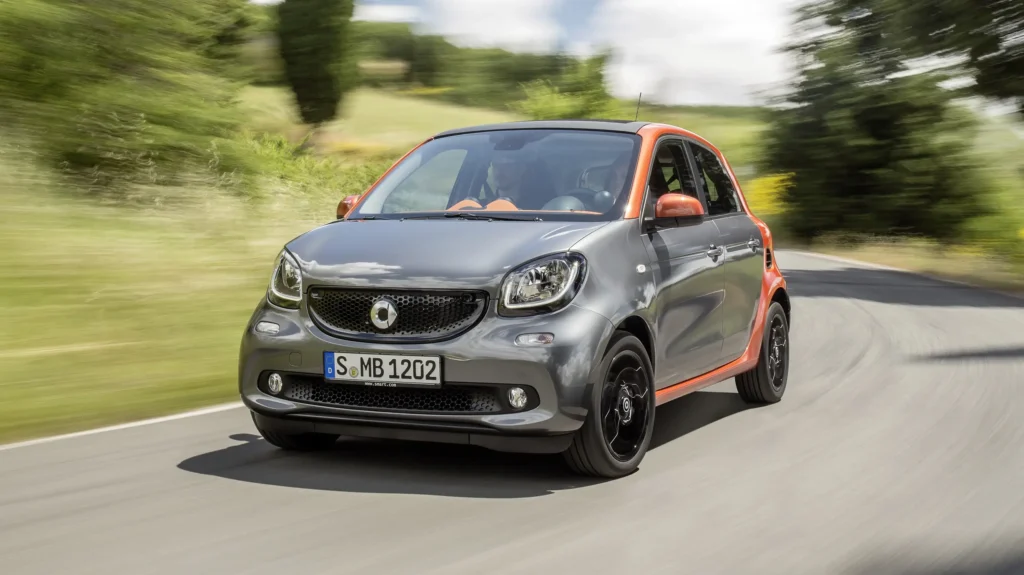
In fourth position, we have the Smart Fortwo with 2,884 vehicles.
This model has a range of up to 159 kilometers according to the WLTP cycle.
Performance-wise, the Smart Fortwo electric is equipped with an 82 HP electric motor and a torque of 160 Nm.
This enables it to accelerate from 0 to 100 km/h in 11.5 seconds and reach a top speed of 130 km/h.
The Smart Fortwo electric can accommodate up to two passengers and has a trunk with a capacity of 260 liters.

Closing out the top 5 is the MG4 with 1,515 registered cars.
This EV offers a range of up to 520 kilometers according to the WLTP cycle.
Furthermore, it is equipped with a 204 HP electric motor and a torque of 310 Nm.
This allows it to accelerate from 0 to 100 km/h in 8.3 seconds and reach a top speed of 160 km/h.
In terms of capacity, it can transport up to five people and has a trunk with a capacity of 470 liters.




